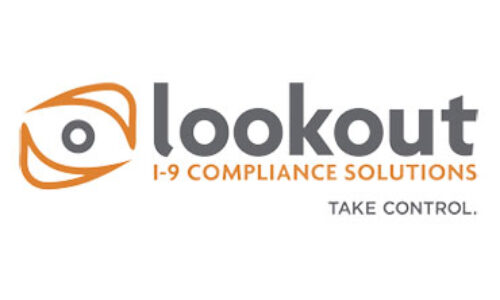
Last year, US Immigration and Customs Enforcement (ICE) quadrupled the number of worksite investigations, a sobering reminder of why I-9 compliance is vital to every employer. These investigations led to a 440% increase in audits, a 560% increase in criminal arrests and an 887% increase in administrative arrests. In the last two years, businesses have been ordered to pay more than $127.8 million in criminal and civil penalties for violations of related laws. Any business owner who has not shored up his I-9 procedures in light of the surge could be making a very costly mistake.
The Purpose of I-9
The Immigration Reform and Control Act of 1986 requires employers to check the identity of all employees and to verify their authorization to work in the U.S. Businesses document these efforts via the Employment Eligibility Verification Form (I-9), maintained for each employee whether a citizen or not. The employee attests to his work eligibility, and the employer attests to verifying that the produced identification documentation appears to be genuine. The two-page form carries 15 pages of instructions, an indication of the serious legal ramifications to both employer and employee for mistakes and outright lies.
ICE may audit any business at any time, for any reason. While ICE has recently been specifically targeting (1) businesses that relate to critical infrastructure and (2) industries that have historically been known to exploit its workers, the agency may initiate an audit signaled by an unrelated investigation by another arm of the Department of Homeland Security or simply by anonymous tip.
An I-9 Compliance Audit
Through each step of the audit process, the business will receive written notice from ICE. It begins with a Notice of Inspection, informing the business that it has three days to produce its I-9 forms and any requested supporting documentation. If auditors discover violations, the employer then has ten business days to correct them or risk financial penalties. Should ICE determine that the business knowingly hired unauthorized workers, the business may be subject to fines, criminal prosecution and debarment from doing business with the federal government. Settlement may be reached with ICE along the way, but if the business continues to challenge the rulings, the case may proceed through a series of administrative hearings.
Determination of Fines
In January 2018, the Department of Justice increased I-9 fines for inflation. They are calculated from the date of the I-9 inspection and are determined by the violation(s)’ placements on the following ICE tables.
 The Knowingly Hire/Continuing to Employ table represents the number of violations for employees fitting this description divided by the number of employees that required an I-9. Each ten-percentage point range increases the fine as does whether the employer is a first-, second- or third- (or more) time violator. The minimum fine for a first-time violator with a score of less than 10% is $548, while the maximum on the table is $19,242.
The Knowingly Hire/Continuing to Employ table represents the number of violations for employees fitting this description divided by the number of employees that required an I-9. Each ten-percentage point range increases the fine as does whether the employer is a first-, second- or third- (or more) time violator. The minimum fine for a first-time violator with a score of less than 10% is $548, while the maximum on the table is $19,242.
The Substantive and Uncorrected Technical Violations table divides the number of violations by the number of employees requiring an I-9, and also considers whether this is a first, second or third (or more) offense. The minimum fine is $220 while the maximum is $2,191.
The Enhancement Matrix considers five factors unique to the business. Each of these factors can increase or decrease the table percentages by at most five percent.
- Its size;
- Whether it acted in good faith;
- The seriousness of the offense(s);
- Whether unauthorized workers were involved; and
- Its history of compliance.
Avoiding a Costly Mess
With all of this, ICE is seeking to ensure a “culture of compliance” that will enhance public safety and national security and protect law-abiding companies from unfair competitive advantage. The best way for businesses to live comfortably within this culture of compliance is to, well, comply. The I-9 is a legal document. Both employer and employee attest to what they write as though it were testimony in a court of law, and it is a crime in itself simply to lie on any part of it. The HR professionals coaching employees through the I-9 should fully grasp this for themselves and make certain that the new employees understand that their signatures subject them to perjury charges for everything they have written. If all parties to the I-9 are acting in informed good faith, they are being good citizens of the culture of compliance.
Companies are responsible for the competence and good faith of their lower level HR professionals. It can be difficult for business owners and upper management to oversee the actions of everyone administering the I-9, especially when the forms are being filled out in other locations. ICE recommends that companies conduct self-audits to identify and correct issues before they become problems, and it offers guidelines to do so on its website. Just remember that the Immigration and Nationality Act prohibits discriminatory or retaliatory audits.


Leave a Reply